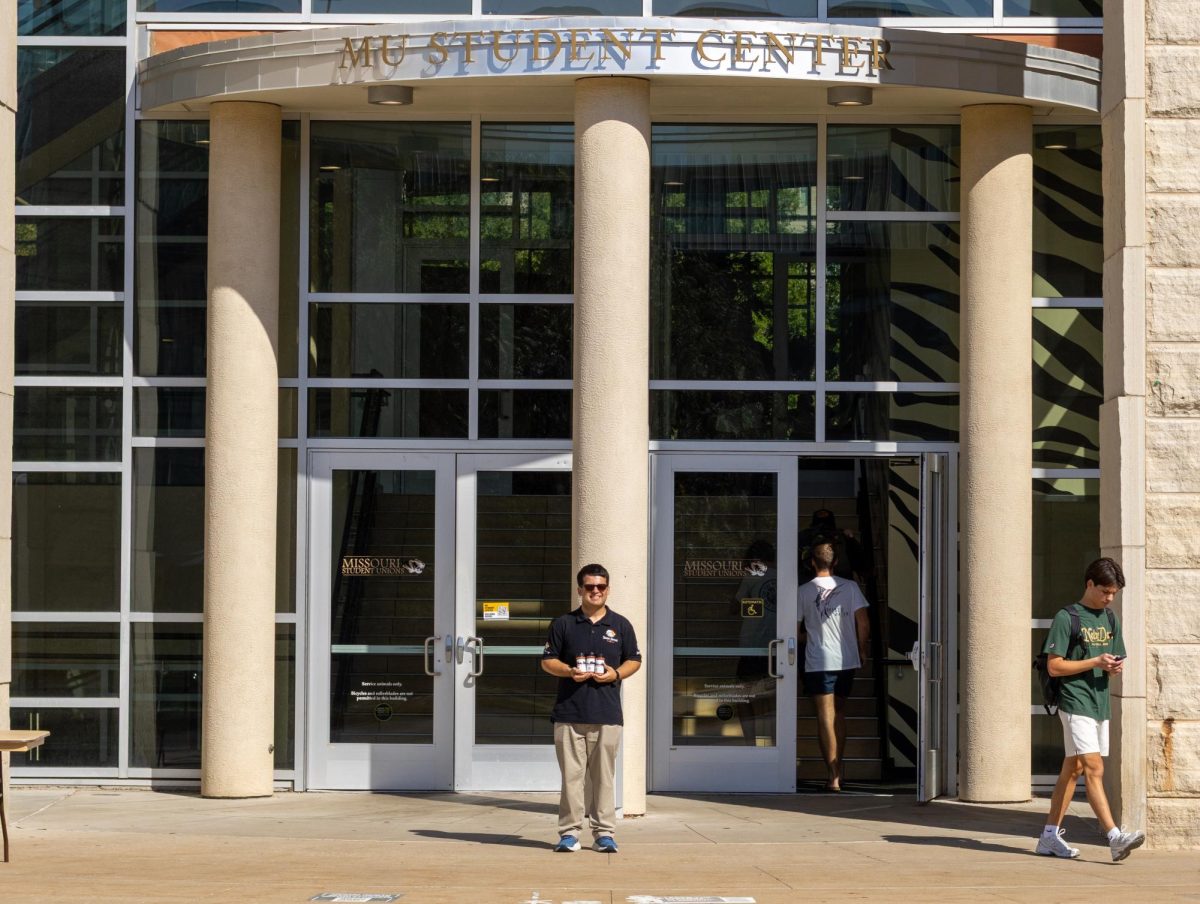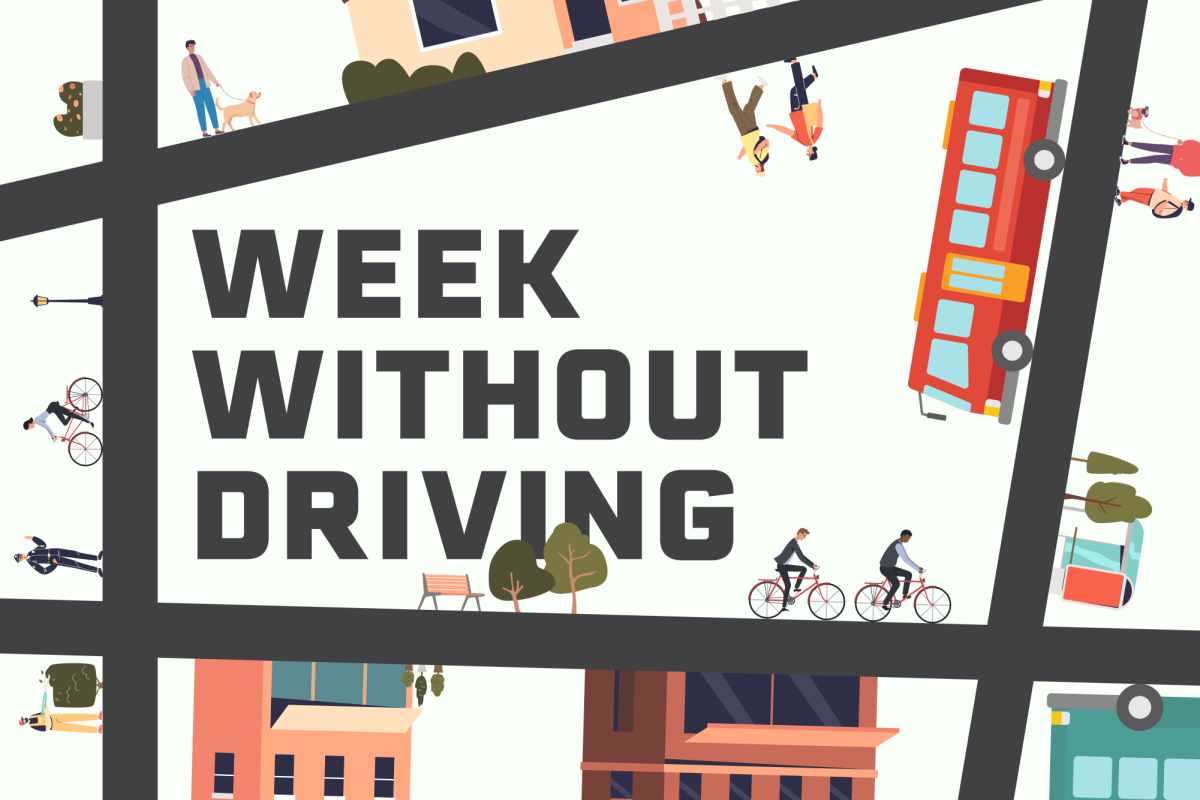_This review contains spoilers for “The Magic Life of V”_
V is an outstandingly compassionate and intelligent young woman who excels in everything that comes her way, no matter how challenging the obstacle. She is readily available to lend anyone a helping hand and she is always, _always_, happy. Most notable, however, is that V is actually the live action role-play persona of Veera. Although Veera possesses many of the positive characteristics V upholds, she is ravaged by a childhood trauma originating from her alcoholic father.
In Bulgarian filmmaker Tonislav Hristov’s documentary “The Magic Life of V,” Veera uses her persona and LARPing as a form of therapy and escapism from the abuse that she and her older, intellectually disabled brother experienced during childhood. LARPs, if unfamiliar with the term, allows people to physically become characters they fabricate, similar to the characters that you would play in a video game or many fantasy tabletop games.
As their characters, large groups of LARP players participate in intense fantasy games that seem, in the moment, incredibly real. “The Magic Life of V” shows V playing military battle simulations, medieval sword-fights complete with full sets of armour and (fake) weapons and even cult-like gatherings of magical witches and wizards in a Hogwarts-like setting.
“The Magic Life of V” is filmed in an atypical documentary style, in which the events are portrayed more narratively instead of the direct realism approach that exhibits its nonfiction attributes. The film appears almost fictional, especially as the camera follows V’s several dramatic LARPs, filming them in equally dramatic lighting and angles to showcase battles similar to sequences seen in action and fantasy films. The scenes progress somewhat chronologically to V’s life, but since they vary from old and new scenes, it further amplifies the story-like pattern of the film. It also causes confusion as to why these scenes are being presented with the presumably authored dialogue between Veera and others being the only evident reason as to why these events are played out.
The film shifts from Veera LARPing to her going about daily events, most of them being with or about her brother, Ville. Veera possesses a perceptible care and protectiveness for her brother, shown by her endearing attempts to engulf him into her world of role-play and some confrontational conversations about his visits with their father. It shows two opposite realities of their relationship — the friendship and love between them and the unfortunate truth of their pasts.
Throughout Veera’s and Ville’s conversations, it becomes apparent that Ville has been drinking with their father during his visits. Veera attempts to carefully ease more information about those visits from Ville, yet he never wants to talk about them in depth. All that Veera can gather is that he has been doing it quite regularly, causing alarm and confusion from Veera as to why their father is encouraging this behavior.
A powerful scene near the end of the film features Veera and her brother talking about Ville’s latest visit with their father. Ville refuses to state that he drank with her father, but eventually comes to say that they did, but only a little. Veera then asks him about the cuts on his arm and even with the uncomfortable atmosphere of the question, Ville eventually responds, saying that he does not do that anymore and that they were created after being bullied at school. The melancholy of the scene matches the pain that Veera feels about her traumatic past and although the cuts and bullying are not discussed in detail, this scene in particular demonstrates the tremendous amount of damage their past has caused.
Veera also has a LARP friend, but it is never transparently explained how they became friends or even who she exactly is. The first appearance of her friend is during a military-style LARP where the two are able to go on different quests and missions, ultimately needing to find and defeat some kinds of monsters. Their relationship during the documentary, however, is mostly one of a therapist and patient, in which Veera explains her problems and past while her friend listens and then asks her personal questions related or unrelated to what they were originally talking about.
The conversations seem almost staged or at least guided, escalating the fictional elements of the film, but not quite ruining the film’s overall personal feel. The discussions get rather profound and introspective, with Veera solemnly stating that her goal is to eventually LARP because she wants to, not because she needs to.
Veera’s conversations with her therapist further reveal the effect her father’s abuse has had on the way she perceives herself and her family. He, like Veera’s friend, assists in guiding the film amongst their conversions, delving into Veera’s past and leading up to the anticipated, but slightly anti-climatic, conclusion — Veera finally seeing and confronting her father after 15 years.
Although I pictured “The Magic Life of V” to mainly feature Veera teaching Ville how to LARP, with allusions to it helping her confront her past, the film was considerably more sincere. It outrightly expressed how impactful childhood and family experiences are and the severity of a detrimental household. The documentary undeniably made a poignant impression on me as I am sure it did on others, but the ambiguous aesthetic and superficial conversations could have been lessened.
_Edited by Joe Cross | [email protected]_







